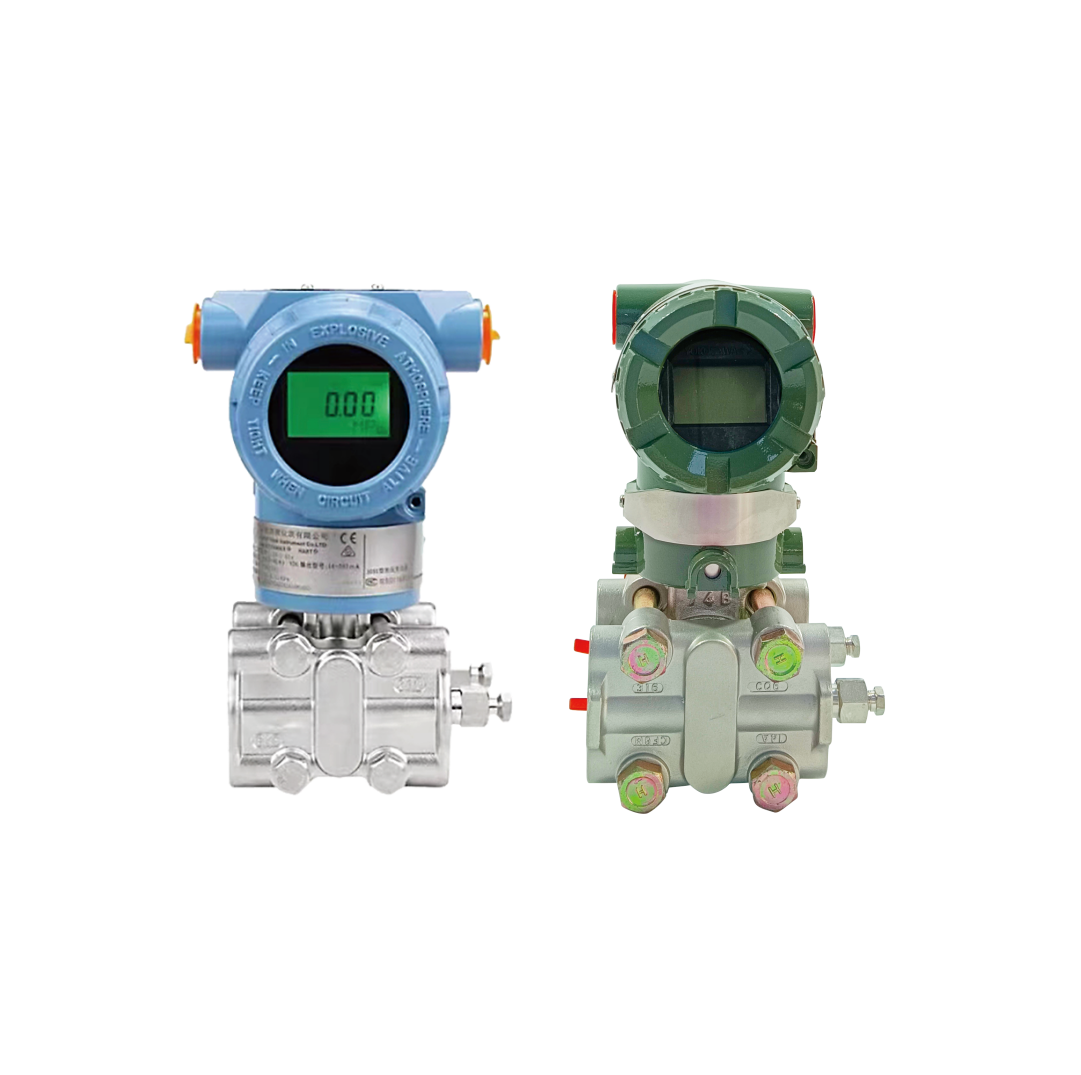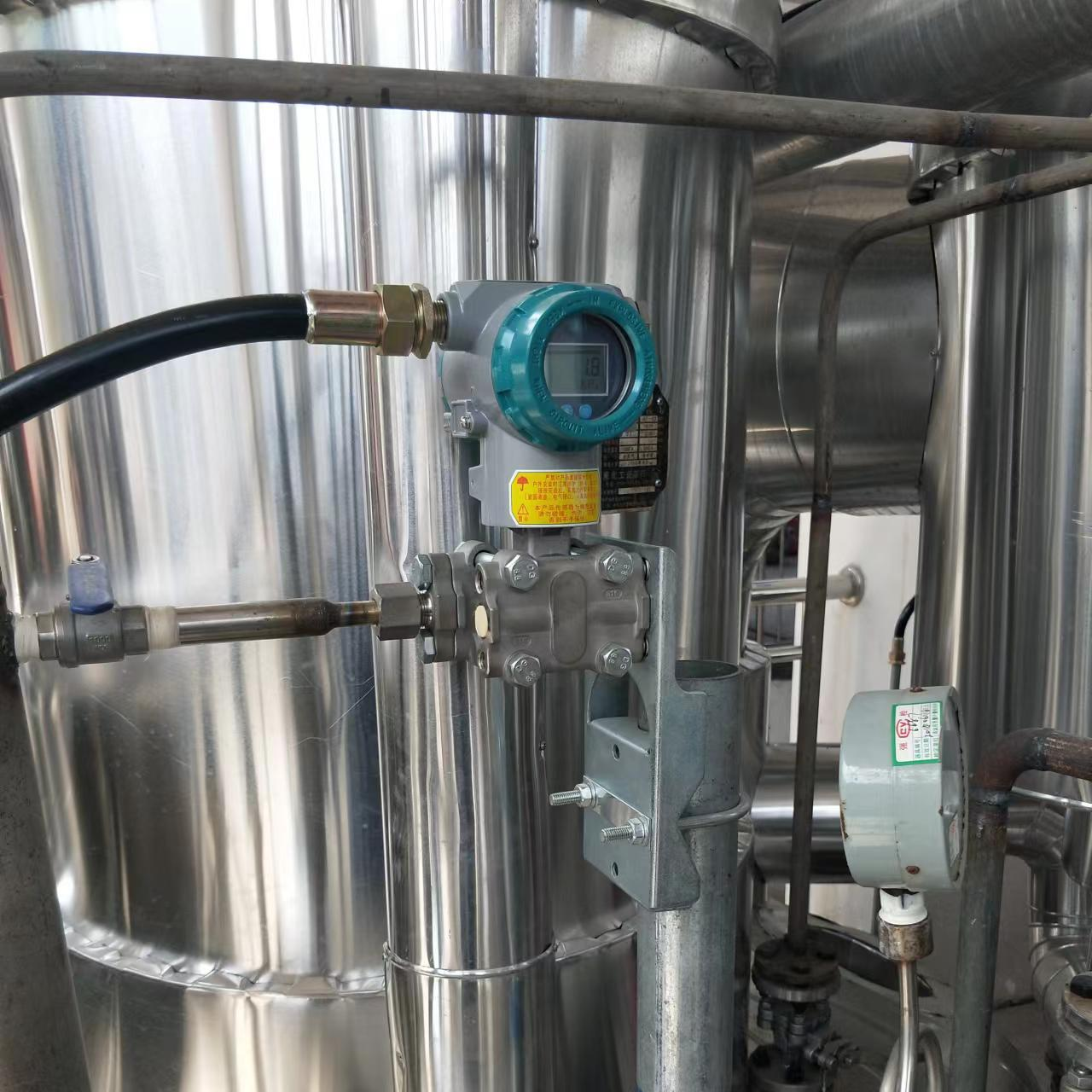Poor sensor placement in chilled water systems leads to inaccurate readings and inefficient system operation.
Differential pressure sensors in chilled water systems should be installed at critical points in the distribution network, typically at the most hydraulically remote load or at points representing 75-90% of the total system pressure drop.

Chilled Water System Overview
Let me share our experience in optimizing DP sensor locations for chilled water applications.
Where Is The Location Of Differential Pressure Sensor In The Chilled Water System?
Many facility managers struggle with determining the optimal locations for their DP sensors.
The primary DP sensor location should be at the most hydraulically remote load, usually the furthest air handling unit or fan coil unit from the chiller plant.

DP Sensor Location Guide
From our field experience:
Critical Location Factors
-
System Zones
Zone Type Location Consideration Purpose Primary Loop Near pump discharge Pump protection Secondary Loop Remote loads System balance Tertiary Loop Branch circuits Local control Bypass Lines Crossover points Flow management -
Performance Considerations
- Flow patterns
- Pressure gradients
- System dynamics
- Control requirements
Installation Requirements
-
Key Parameters
- Distance from pumps
- Pipe accessibility
- Signal transmission
- Maintenance access
-
System Integration
- BMS connectivity
- Control algorithms
- Monitoring points
- Data collection
Where Is The DP Sensor Located?
Proper sensor location is crucial for system efficiency and control.
DP sensors should be located across major system components like pumps, heat exchangers, and cooling coils, with primary sensors at the index circuit or most demanding load.

DP Sensor Placement Details
Based on our technical expertise:
Strategic Placement Guidelines
-
Location Types
Position Purpose Benefit Supply Header System pressure Pump control Return Header Differential monitoring Flow balance Critical Loads Performance verification Energy efficiency Branch Lines Zone control Local optimization -
Installation Considerations
- Pipe straight runs
- Flow direction
- Air pocket prevention
- Vibration isolation
System Optimization
-
Operational Factors
- Load variations
- System response
- Control stability
- Energy efficiency
-
Monitoring Requirements
- Data accuracy
- Response time
- Signal quality
- Maintenance access
Where To Install A Differential Pressure Sensor?
Correct installation procedures ensure reliable sensor operation.
Install differential pressure sensors in straight pipe sections, away from turbulence-causing fittings, with proper isolation valves and air release provisions.
Drawing from our installation experience:
Installation Best Practices
-
Location Requirements
Requirement Specification Reason Straight Pipe 10D upstream/5D downstream Flow stability Mounting Rigid support Vibration control Access Maintenance clearance Serviceability Protection Environmental shield Reliability -
Technical Considerations
- Pressure taps
- Signal cables
- Power supply
- Calibration access
Implementation Process
-
Pre-Installation Steps
- Site survey
- System analysis
- Documentation review
- Material preparation
-
Quality Assurance
- Pressure testing
- Signal verification
- System integration
- Performance validation
Conclusion
Successful implementation of differential pressure sensors in chilled water systems depends on proper location selection, careful installation, and regular maintenance to ensure accurate system control and efficient operation.
